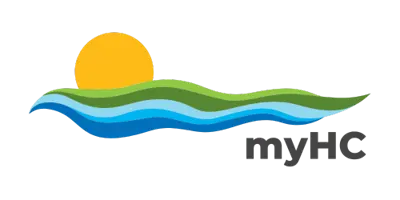- Leaves begin to discolour, appearing lighter in colour, yellow or brown.
- Leaves towards the top of the tree and branch tips begin to wilt or brown.
- Leaves begin to drop early, starting in the summer
- Vertical cracks appear in the bark with and underlying sweet-scented fungus
Invasive Insects and Plants
There are many different invasive insects and diseases that can have devastating effects on the health of the forests in Haldimand County.
On this page
Oak Wilt
Oak Wilt (Bretziella fagacearum) is a non-native fungus that infects and kills all species of Oak. Trees in the Red Oak group (Red Oak, Black Oak, and Pin Oak) are the most susceptible and can be killed in as little as two to six weeks. Trees in the White Oak group (White Oak and Bur Oak) are more resilient and it usually takes one to two years before the tree dies.
Oak wilt is spread by sap beetles that carry the oak wilt fungal spores on their bodies from infected trees to healthy ones as they move around in search of food.
Hemlock Woolly Adelgid
Hemlock Woolly Adelgid (Adelges tsugae) is an invasive species of aphid-like insect that attacks and kills hemlock trees. Infestations can kill a healthy Hemlock in four to fifteen years.
It is most commonly spread by wind, birds, and deer, but it can also be spread through the movement of firewood and wood products.
Emerald Ash Borer
The Emerald Ash Borer (EAB) is a non-native beetle that lives in ash trees and lays eggs on the bark and bark crevices. The larvae then tunnel beneath the bark and feed on the layer of live cells between the bark and the sapwood, cutting off nutrients and water to the upper portions of the tree.
Spongy Moth
The spongy moth (Lymantria dispar dispar) is an invasive species introduced to Canada and the United States in the mid-1800s. Spongy Moth caterpillars feed primarily on Oak species but may also damage Maple, Alder, Birch, Hawthorn, Beech, Crabapple, Poplar, Cherry, Willow, Basswood and others.
Spongy moth populations tend to be cyclical, with peaks every 7 to 10 years, followed by a dramatic population decline of the pest. During years with low populations, the feeding caused by the caterpillars is barely noticeable and healthy trees that are defoliated are able to grow new leaves and will recover the following year.
Contact Us
Forestry
53 Thorburn Street South
Cayuga, Ontario
Canada, N0A 1E0





